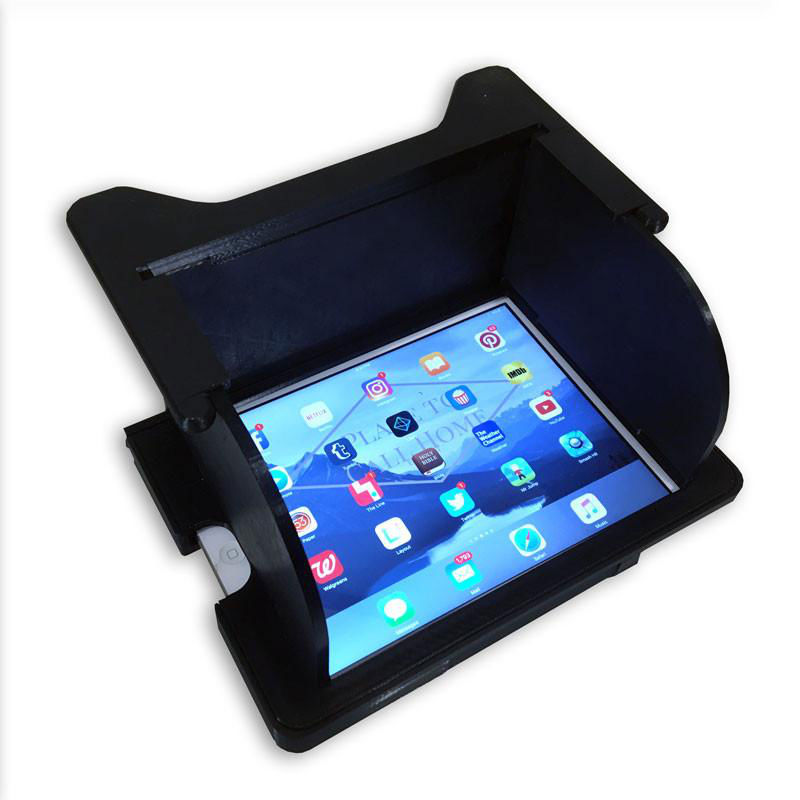Testing vehicle systems is an important part of both development as well as research. Choosing a top quality data acquisition system that is specifically designed for vehicle testing is a critical part of the process.
There are several important aspects of choosing a VDAS or vehicle data acquisition system. By taking the time to compare different systems and consider how they will meet your requirements you can find the right system for your specific testing needs. Keep in mind that the more versatile the system is and the number of possible testing configurations possible the more use you will have from the VDAS.
Size of the Testing Equipment
The physical size of the testing equipment is an essential component of any VDAS choice. Ideally, look for a unit that is less than one cubic foot in size and even smaller if possible.
Small doesn’t have to mean limited. These small systems can provide a wide range of different sensor inputs including voltage, strain gage, RTD and frequency. Some of the more advanced systems provide up to 300 channels of vehicle sensor inputs, which will provide you with the testing possibilities you need.
Additionally, look for a system that is designed to provide very low power dissipation while in use. This will limit the amount of thermal distortion that simply having the VDAS in the vehicle could potentially create. Low power dissipation should also be coupled with low-power consumption that will significantly limit any heat generated through the use of the system.
Durability
Even though the data acquisition system is carefully calibrated and a very sensitive piece of equipment with regards to specific measurements, it should be designed with durability and real-world use in mind. These systems are going to be in vehicles going across all different types of driving conditions, and they may be exposed to high temperatures and humidity or even exposure directly to moisture.
Check with the manufacturer to verify that the VDAS is fully capable of handling the actual working environments where you want to run tests and gather data.
With regards to data capture, it will also be critical to find systems that are very compatible and easy to integrate with your current data recording systems. The best systems will come with the software for setup and recording that is fully compatible with Windows operating systems. Data storage options should also be considered as real-time data screens and how the data is configured within the system will also be essential elements in comparing different systems.








